A rare piece of history.
This is an Unknown Wonders of India -We have such attractions
The Kumbhalgadh Wall- 36 Kilometers long.

In its entirety the wall extends for 36 kilometers and is, simply put, massive. In many of these photographs you might be forgiven for mistaking it for the Great Wall of China . However, many centuries and cultures separate the two. Work on Kumbhalgarh only began in 1443 – just under fifty years before Columbus sailed the Atlantic Ocean and discovered something rather large on its other side.

Situated in the state of Rajasthan in the west of India , work was begun by the local Maharana, Rana Kumbha in that year. It took over a century to construct the wall and it was later enlarged in the 19th century. It worked as a fort until that period but is now a museum.

The fort which the wall surrounds is built high on a hill and dominates the landscape, being over 1000 meters above sea level. Altogether the walls have seven gateways. Although at points the walls look fairly thin, at some points they are over fifteen feet wide.

The wall protects the fertile lands within – it is said that in the days of the Maharana, the walls held so many lamps it enabled the local farmers to work both day and night. Yet more precious to the inhabitants of Kumbhalgarh, the walls also contain and protect over 360 temples.
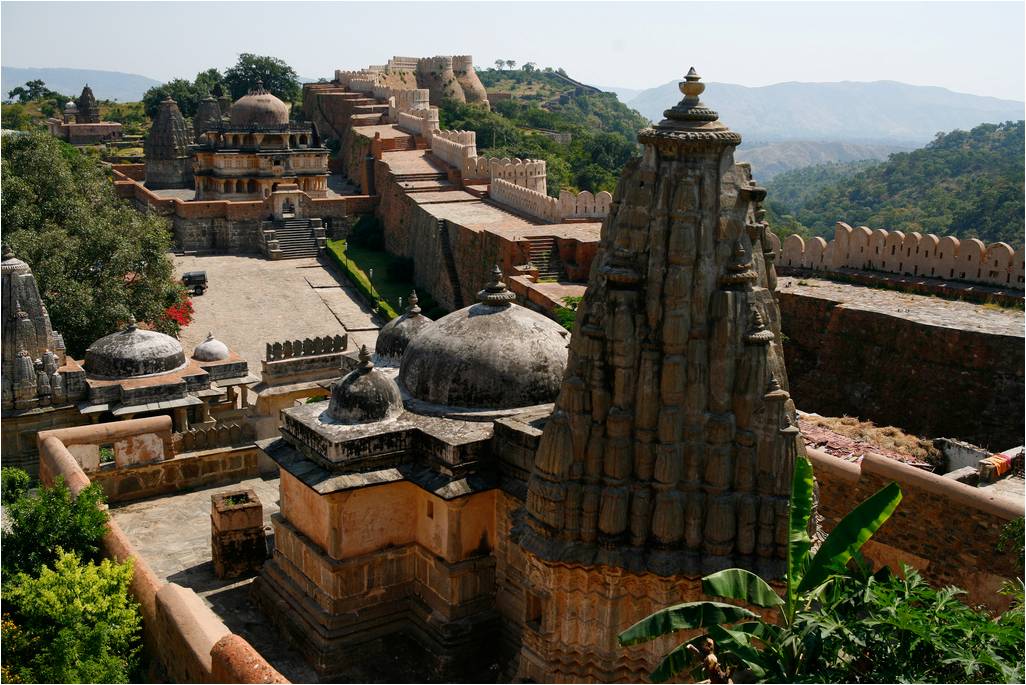
Sixty or so of the temples are Hindu, as you may expect, this being India . All the others were built for the followers of Jainism, a religion founded in India which many believe to predate Buddhism. It still has over six million adherents today, who still prescribe a path of non-violence towards all living things.

It was hoped, of course, that because of the protection of the wall, violence could be avoided simply because any advancing enemies might not be able to penetrate it. Yet legend has it that the very origin of the wall was due to an act of violence.

It seemed that despite several attempts, the Maharana could not make his great wall stand. A spiritual advisor told him that someone would have to volunteer to sacrifice themselves if the wall was ever to be built. Eventually one day a pilgrim (some say a soldier) volunteered and a temple was built where his severed head fell. Today this makes up the main gate of the fortress which was itself built where his body came to rest.

The wall long separated the competing kingdoms of Mewar and Marwar. In times of great danger the rulers of Mewar would use the fortress and its walls as their last refuge. Throughout the over five hundred years of its history, the fortress fell in to enemy hands only once – and this was only because the drinking water ran out within its walls.
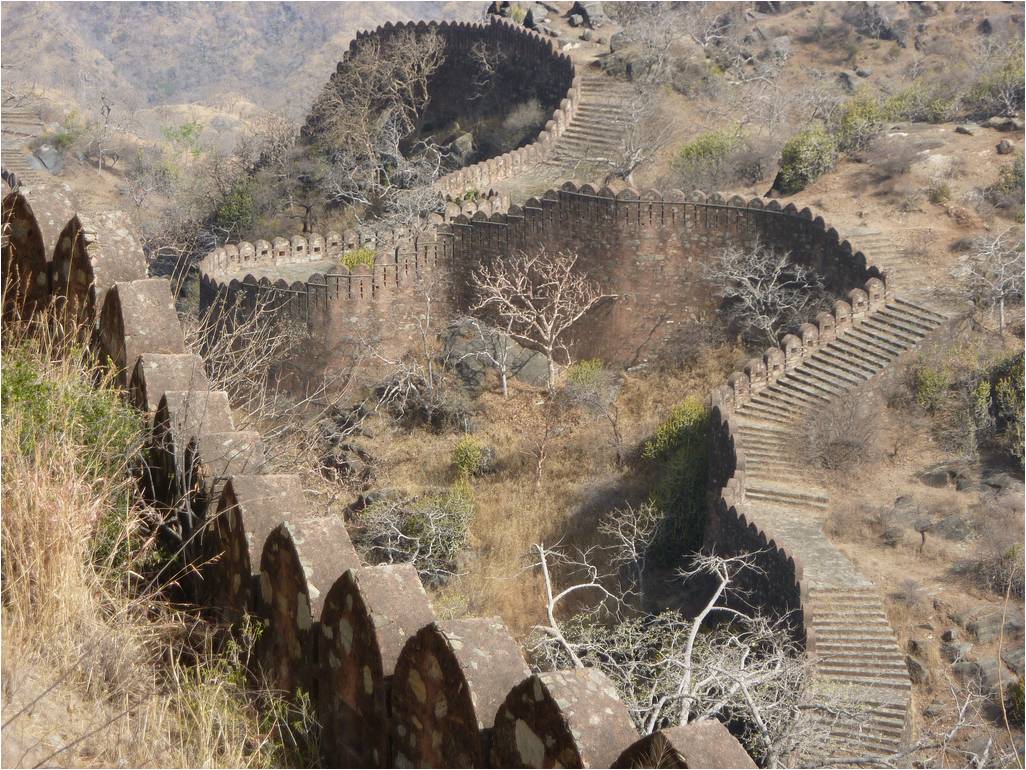
Yet despite its size and its history, the Great Wall of India remains something of a mystery to those outside of India . Indeed, tourists are warned that some of the lesser travelled areas of the wall should not be climbed. Ancient defense mechanisms and traps, although mostly disabled, are still assumed to exist in some of its more remote positions. Those wishing to explore the miles of ruins on their own are warned that accidents can happen...









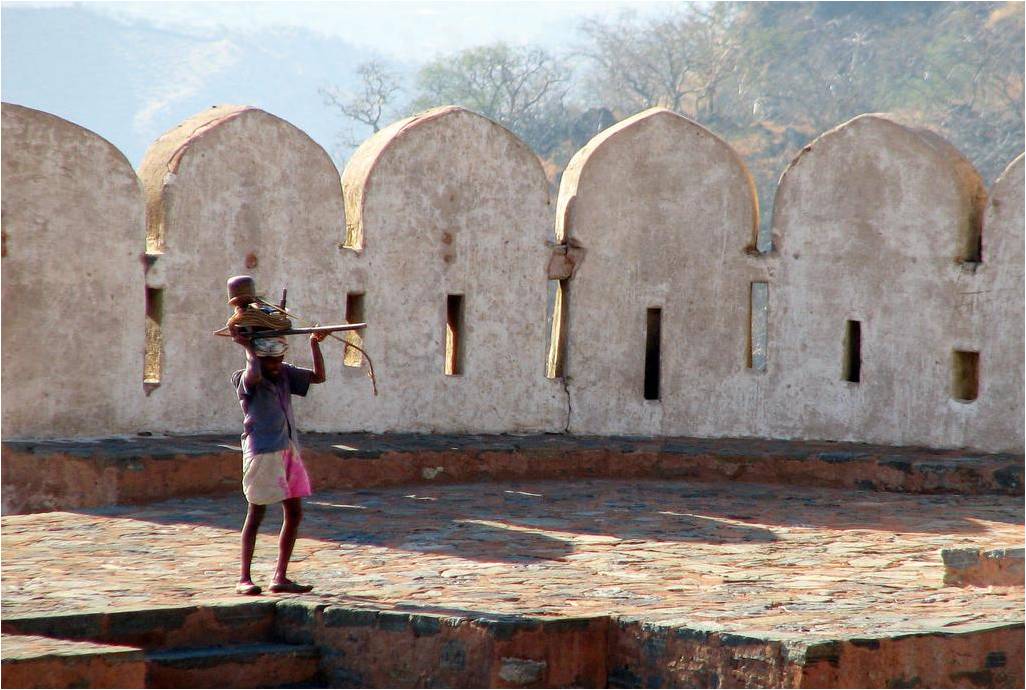


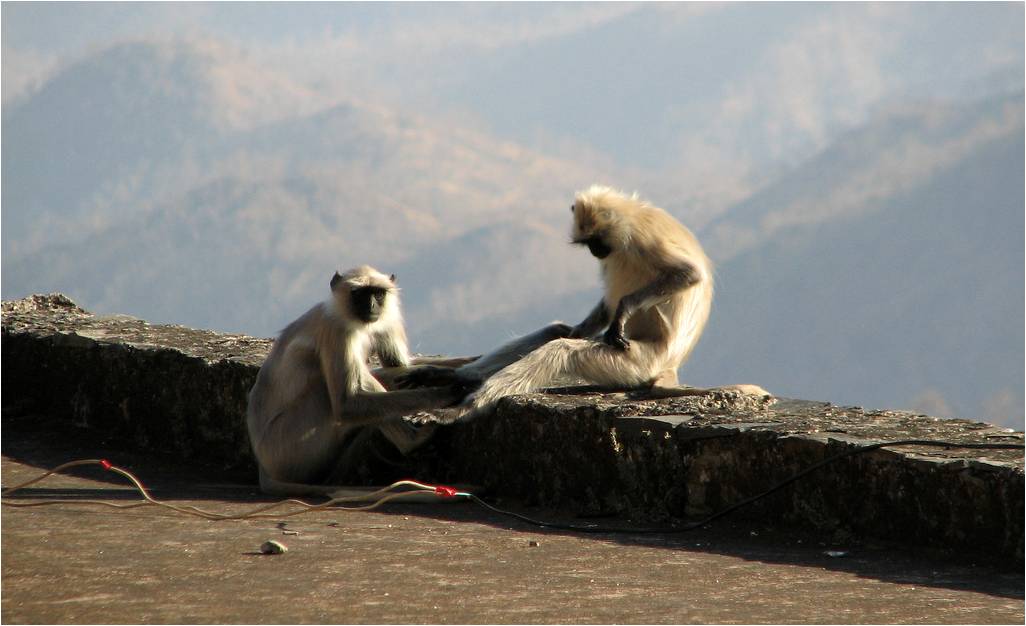




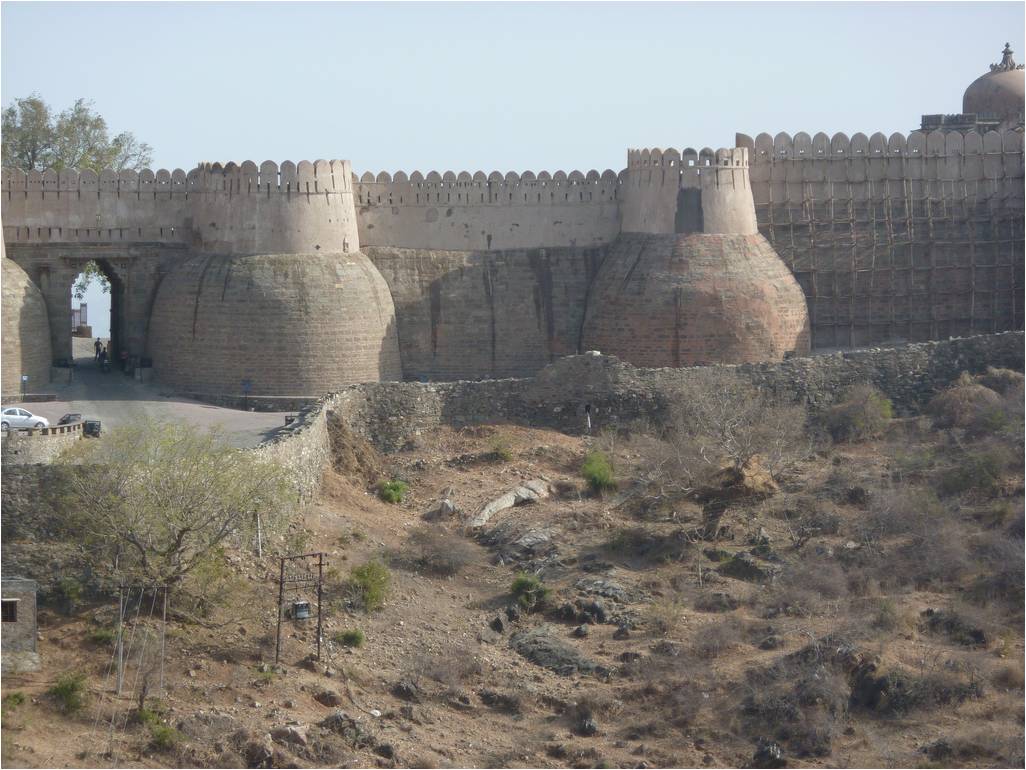

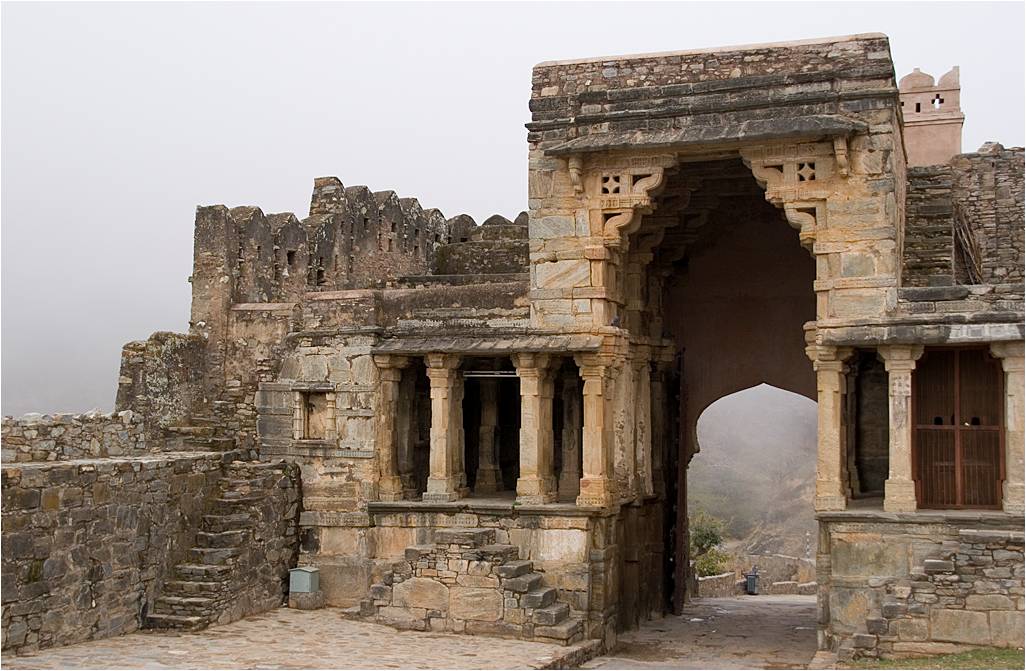


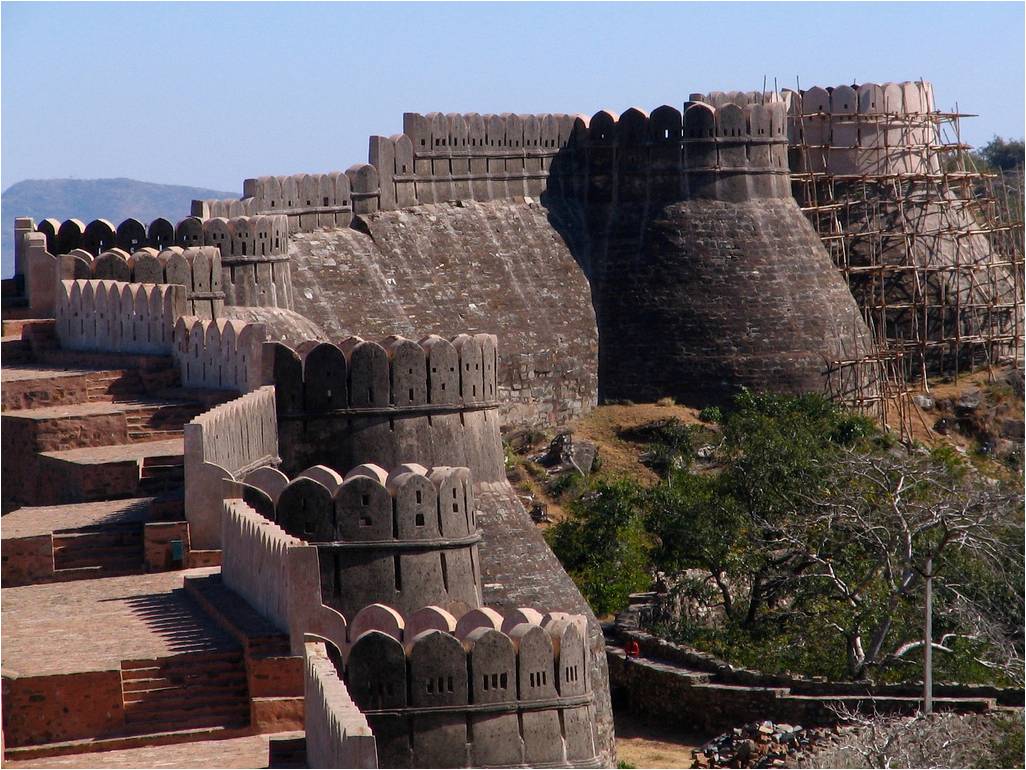


To post to this group, send email to keep_mailing@googlegroups.com







No comments:
Post a Comment